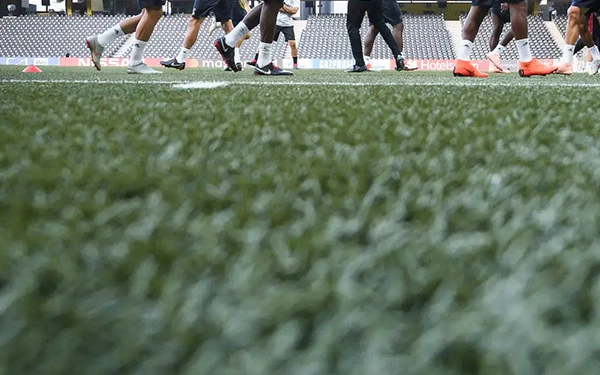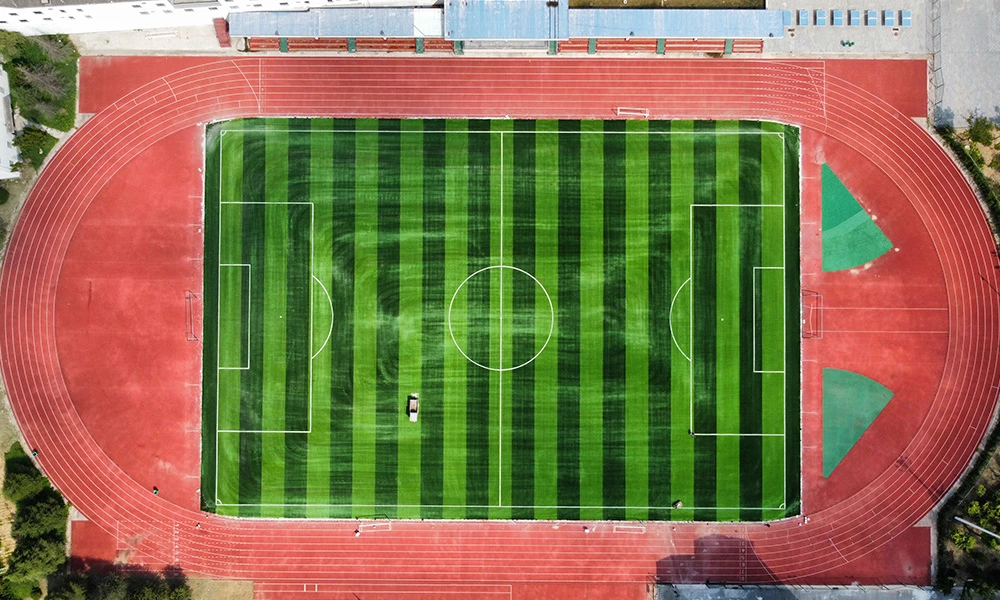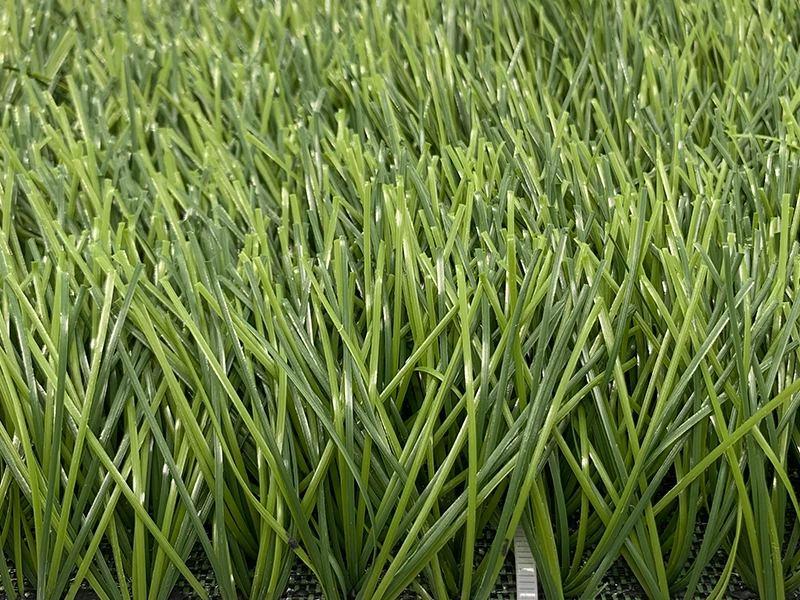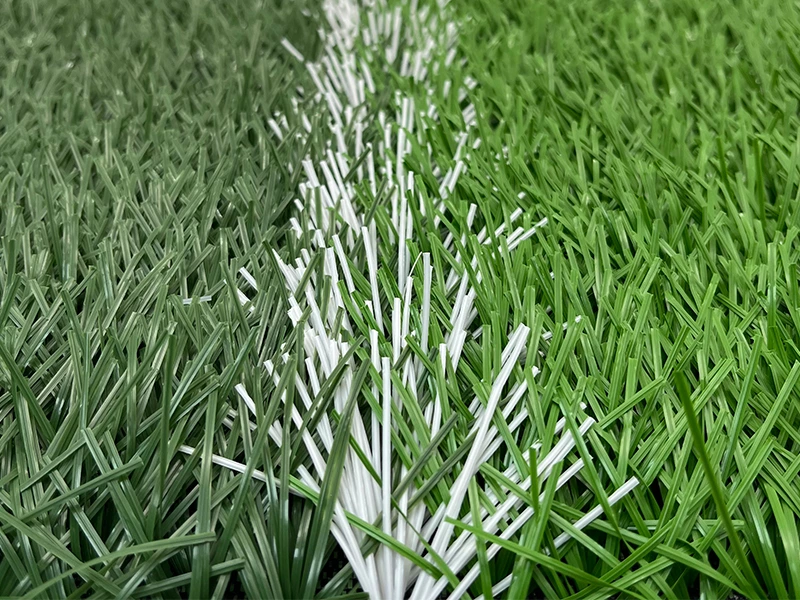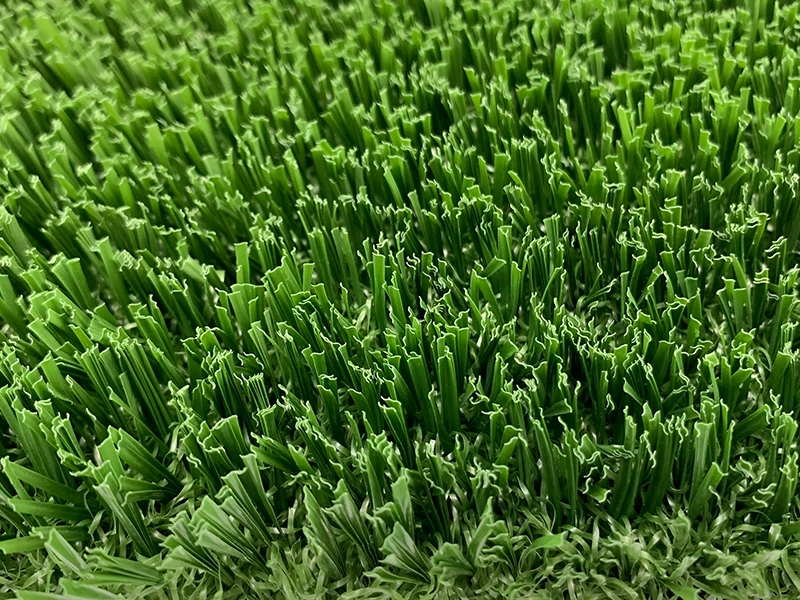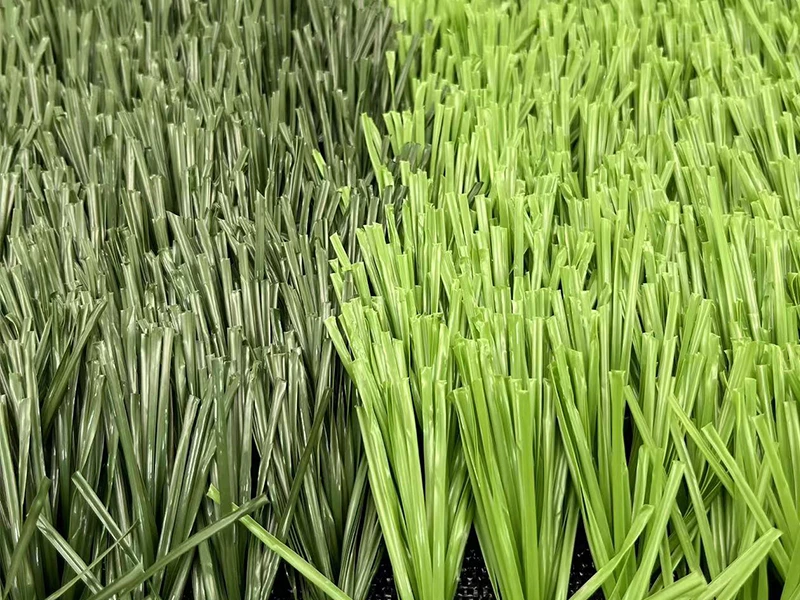What type of artificial grass is best for soccer?
The importance of artificial turf in modern football field construction
In the construction of modern soccer fields, the application of artificial turf is becoming more and more common. For soccer, choosing the right type of turf is crucial because it directly affects the quality of the game and the performance of the players. There are many types of artificial turf on the market, each with unique properties and uses. Understanding these different types of artificial turf and their characteristics can help you choose the most suitable turf for a specific soccer field.
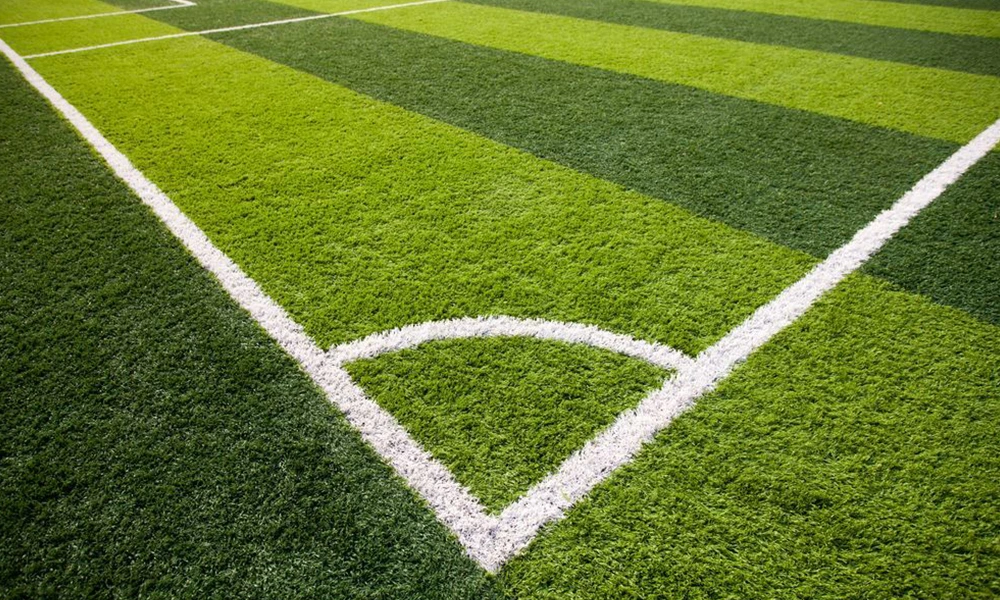
Monofilament fiber system: realistic appearance and high wear resistance
The most common types of artificial turf include monofilament fiber systems and multifilament fiber systems. GUNIGRASS is a brand of monofilament fiber systems that is well-known for its appearance that mimics the natural grass. It is widely recommended for soccer-specific artificial turf fields or facilities with less frequent use. Monofilament fiber turf is the first choice for soccer fields because of the excellent performance of its turf blades. Its grass blade design can provide a look and feel close to natural grass, while having high wear resistance and long life, ensuring the safety and comfort of players during the game.
Multifilament fiber system: suitable for high-frequency use venues
Multifilament fiber systems are suitable for fields with higher frequency of use. This type of artificial turf is composed of many fine grass filaments, providing better filling stability and softness. This turf system is ideal for training grounds and soccer fields that require frequent use because it is able to maintain its structure and performance under high-intensity use.
Mixed fiber system: balance durability and comfort
In addition to monofilament and multifilament fiber systems, there are other types of artificial turf, such as hybrid fiber systems. This system combines the advantages of monofilament and multifilament fibers to provide a more comprehensive performance. Artificial turf with hybrid fiber systems not only has good wear resistance and durability, but also provides superior player protection and comfort, suitable for all types of soccer fields.
How to choose the most suitable type of turf?
In general, choosing the right artificial turf for a soccer field requires considering a variety of factors, including the frequency of use of the field, budget and expected quality of competition. Monofilament fiber systems such as GUNIGRASS are ideal for many football-specific fields due to their excellent performance and real grass appearance. For training fields and public fields that are used frequently, multifilament fiber systems may be more suitable. Hybrid fiber systems provide a solution that takes into account multiple needs. Understanding and choosing the right type of turf can greatly improve the overall quality and use experience of the soccer field and provide players with a safe and comfortable playing environment.
Summary of three UNIGRASS high-performance football turfs
UNI-TOP PRO (50MM 9450 density)
Suitable for high-performance competition venues (TOP Pro)
W-shaped grass fiber, reduces sunlight reflection, provides excellent elasticity
Good fireproof and waterproof performance, meets the needs of professional competitions
Color: lemon green, olive green, white
Applicable venues: football field, hockey, multi-functional activities
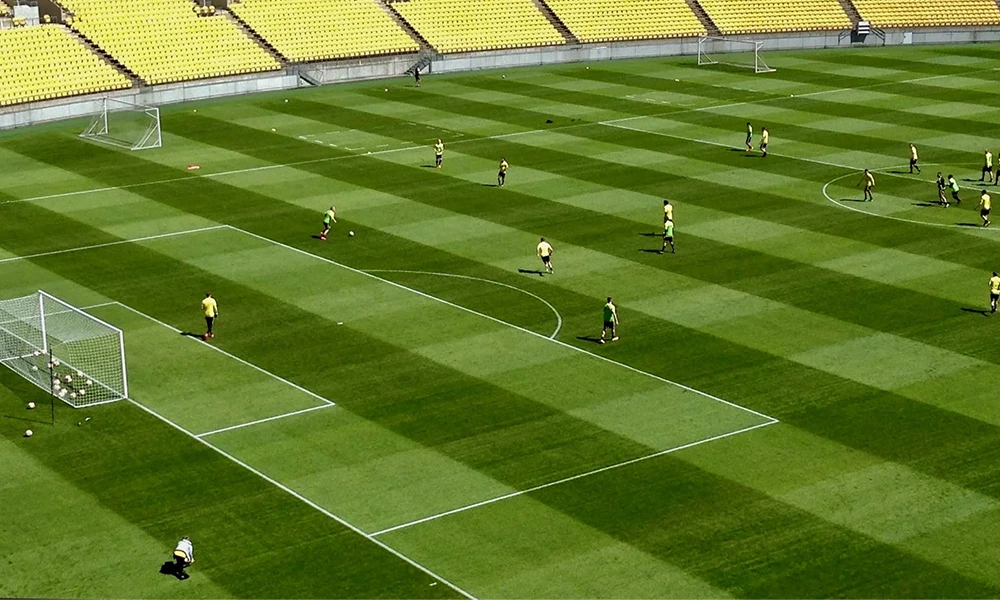
UNI-Training (50MM 10500 density)
Suitable for training and recreational sports, medium movement speed
Double-stem yarn structure, more wear-resistant and non-slip
100% PE material, UV-resistant, non-toxic and environmentally friendly
Color: emerald green, lemon green, olive green, white
Applicable venues: football field, hockey, multi-functional activities
UNI-Super (30MM 25200 density)
S-shaped grass fiber, imitating the appearance and touch of natural grass
High density (25200), providing a smooth and beautiful lawn effect
Reduced filling migration, soft and comfortable, reduced friction damage
Color: olive green
Applicable venues: football field, hockey, multi-functional activities
Importance of Artificial Grass in Football Fields
Artificial grass plays a vital role in modern football fields. Compared with natural grass, artificial grass has higher durability and stability, can withstand high-frequency games and training without being easily damaged, and reduces maintenance costs. In addition, artificial grass is not affected by weather factors. Whether it is heavy rain or drought, it can maintain a good field condition and ensure that players play under the best conditions. High-quality artificial grass can also provide ball rebound and rolling effects close to natural grass, while reducing the risk of injury when athletes fall, and improving the safety and comfort of the game. Therefore, artificial grass has become the preferred ground material for many professional football fields and training grounds around the world.
